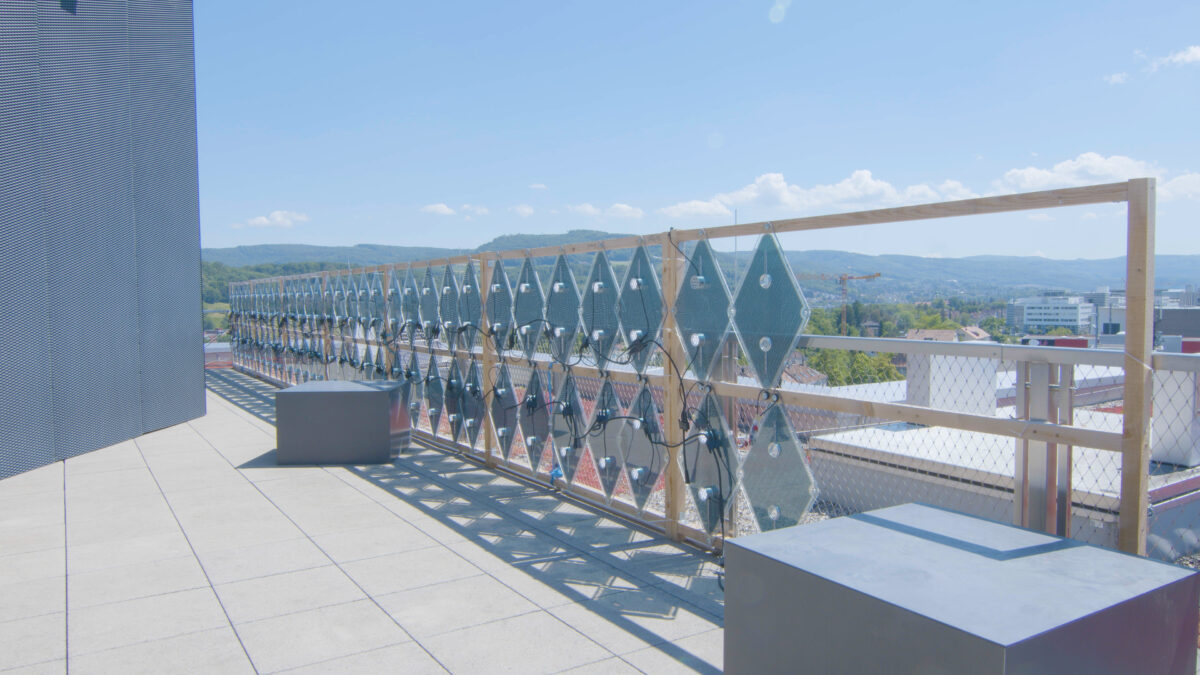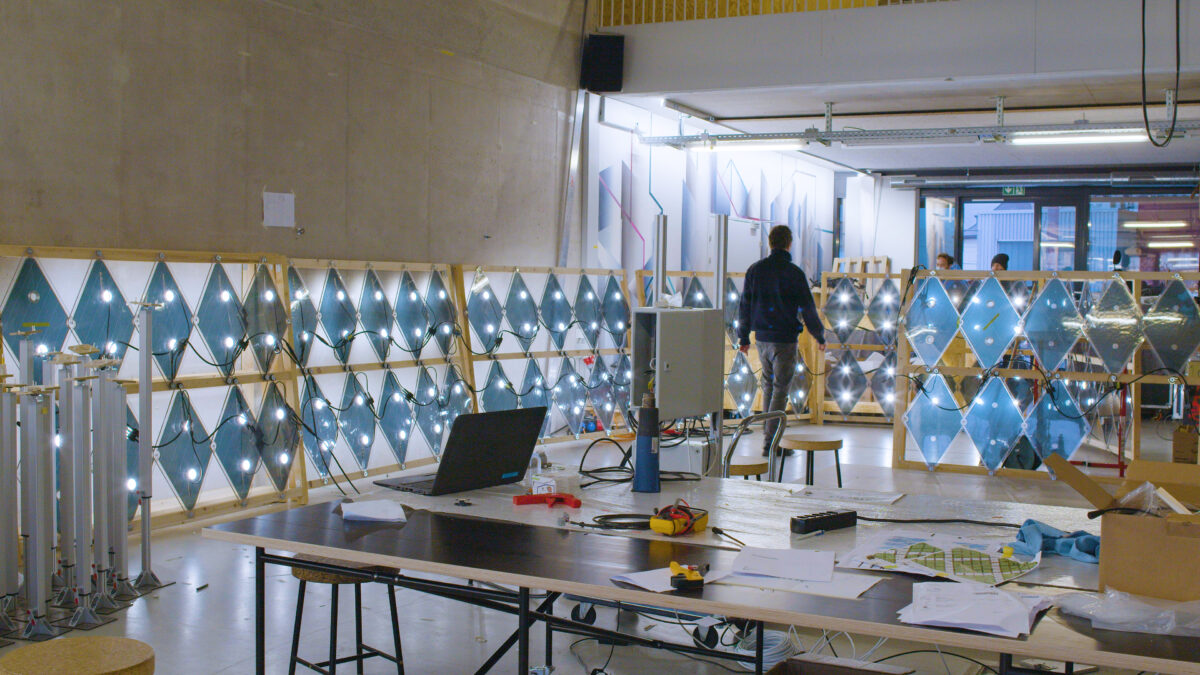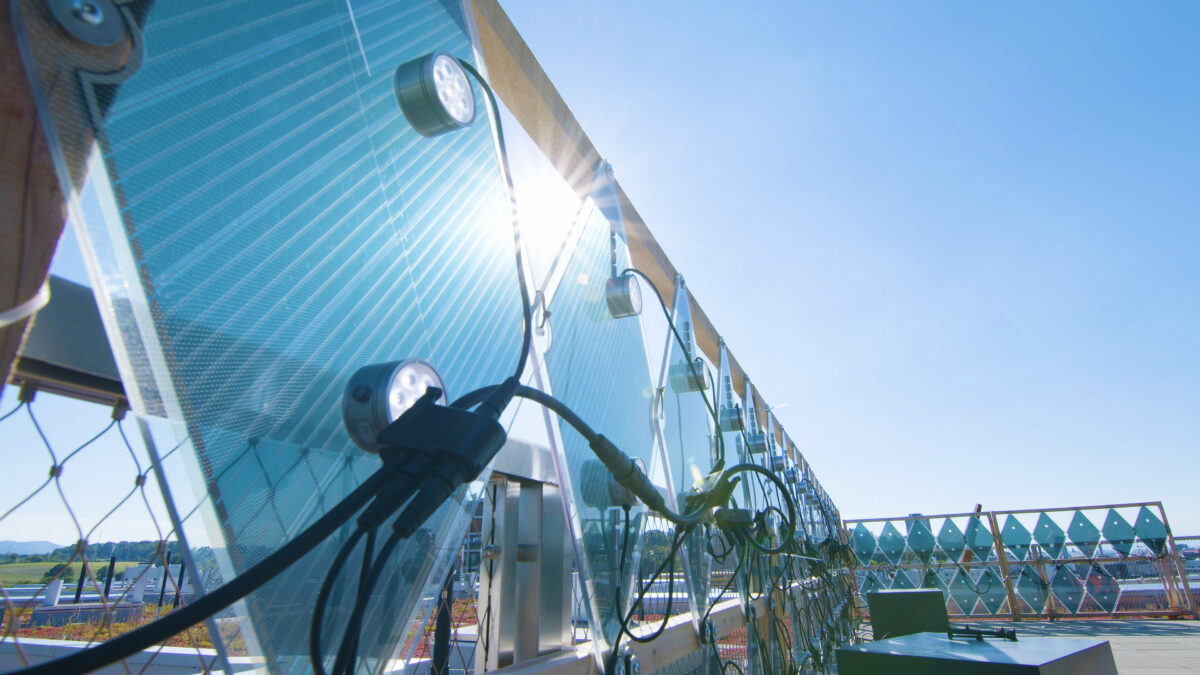
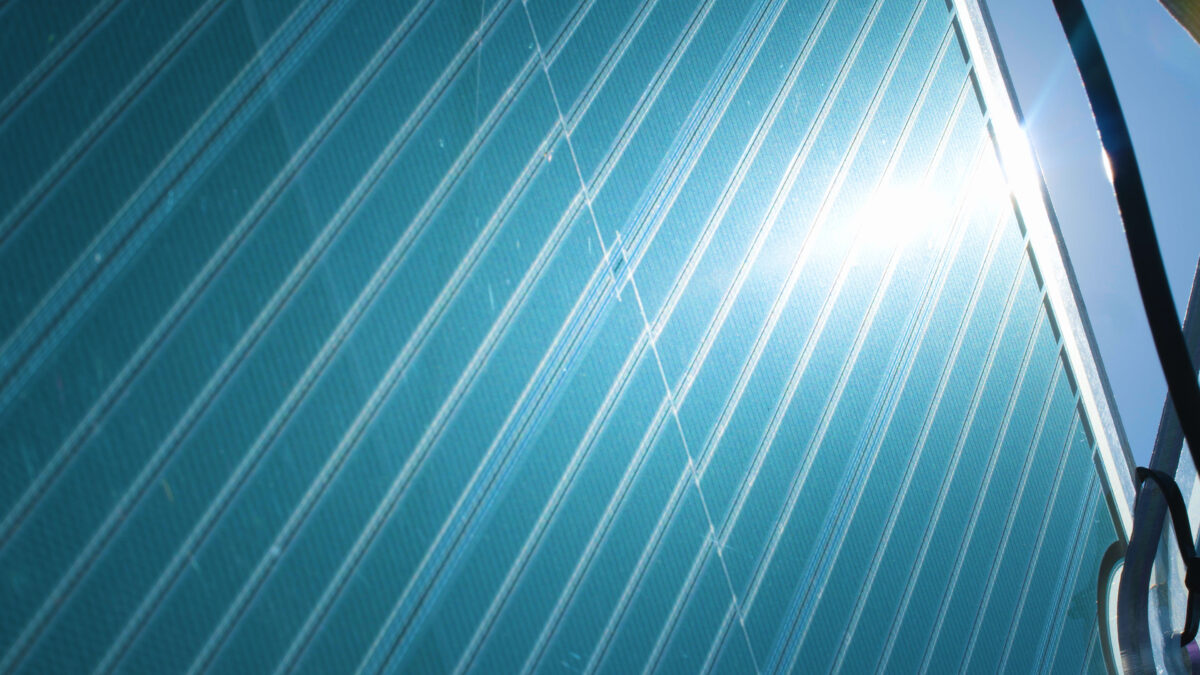
05.02.2021
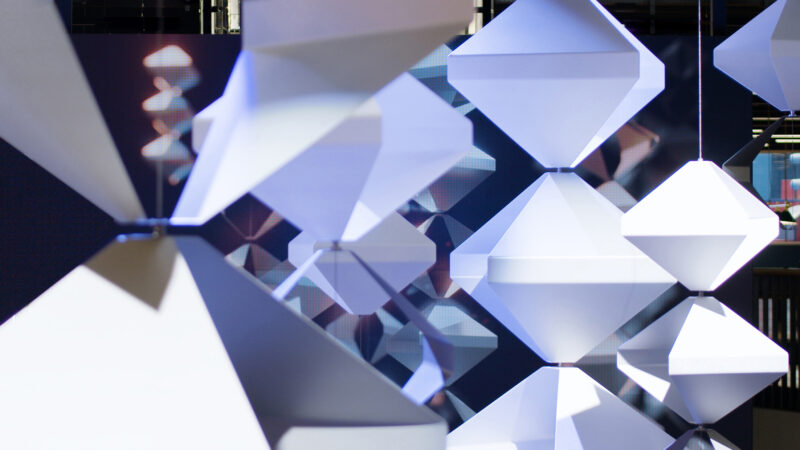
Merry Christmas and a Happy New Year!
→ Read on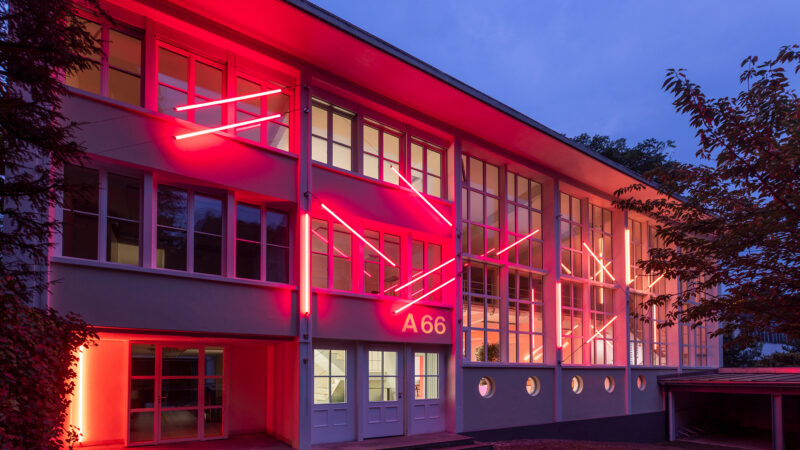
A66: With Precise Media Gestures, an Atmospheric Building Is Revitalised.
→ Read on
Grand Egyptian Museum Opens with Media Installations by iart
→ Read on
‘Hero Games’ Opens at the Antikenmuseum Basel
→ Read on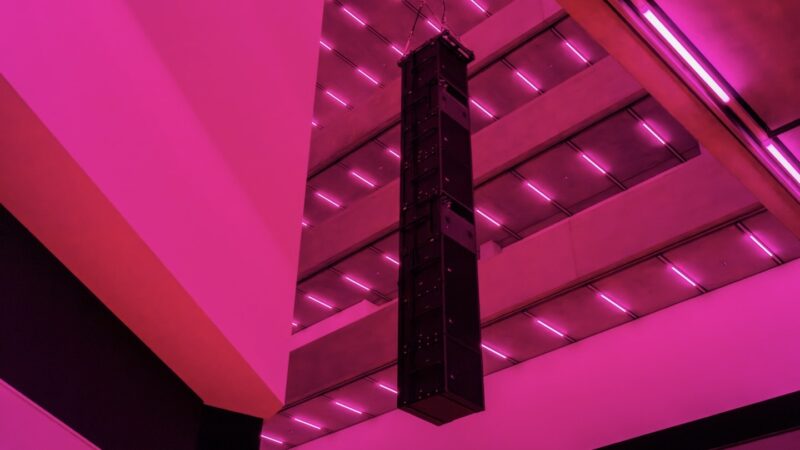
iart supports Steve McQueen’s "Bass" at Schaulager
→ Read on
Dream of Throphies: Exhibition at the Basel Historical Museum
→ Read on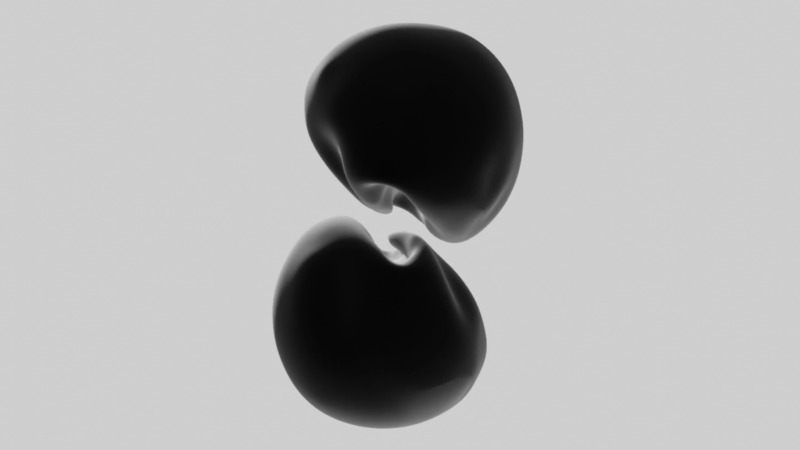
TWO at the Digital Art Mile Basel
→ Read on
A new chapter: Frank Dittmann becomes part of iart
→ Read on
Commitment to More Sustainability: We Are a New Member of Swiss Triple Impact (Sti)
→ Read on
Catacity – the City Is Being Redesigned!
→ Read on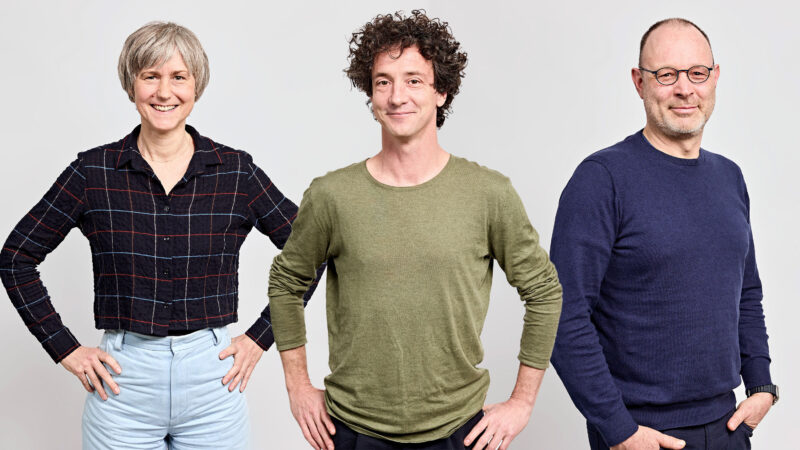
Three Experienced Minds for Your Success
→ Read on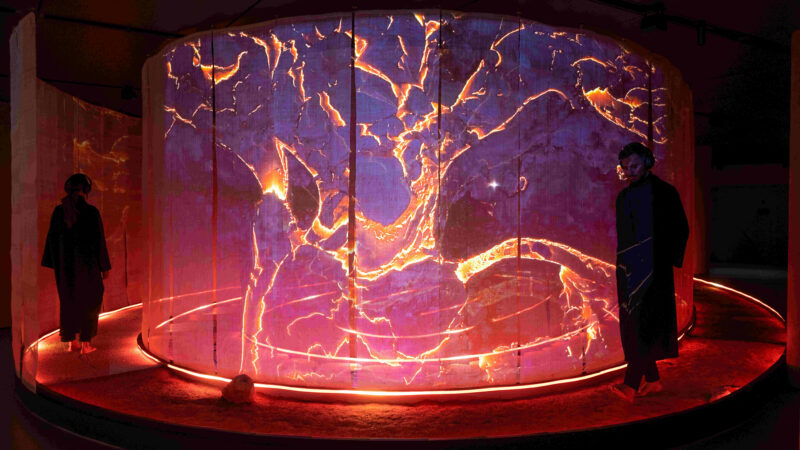
The ‘Inner Power’ Installation for Hyundai Genesis Magma Opens in Zurich
→ Read on

